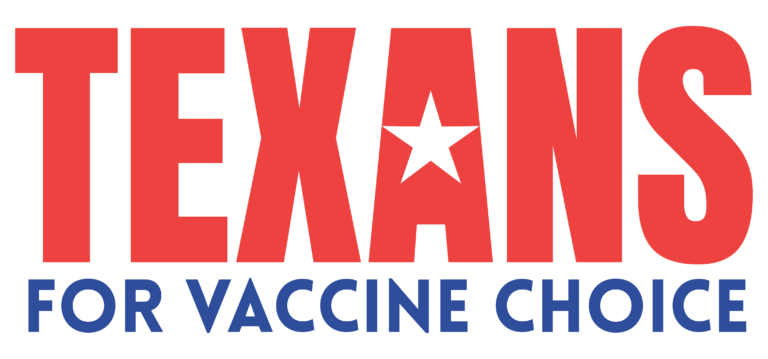Location: Gananoque, ON
Age of Injury: 24 Years Old
- Dose 1: Pfizer Vaccine (EW0199) – May 15, 2021
- Dose 2: Pfizer Vaccine (FA9091) – June 26, 2021
- Dose 3: Pfizer Vaccine (FF2595)– December 21, 2021
What was your life like before you received the COVID-19 vaccine?
“It’s more than just a game; it’s a way of life”. Prior to 2020, this was my favourite
quote due to my love of sports, particularly volleyball. After sustaining a major knee injury in grade 8 that left me learning to walk again, I developed an intense passion for the sport of volleyball in my Grade 9 phys-ed class. At this point, I was 14 years old. By the time I was 17, in Grade 12, after finally gaining enough physical strength, I played my first game. From that point on, I was hooked. I played for hours at a time, multiple times a week, for years. In the summer, it was beach volleyball, and throughout the winter, it was court volleyball. This trend continued into college, where I played on the women’s extramural volleyball team.
When the pandemic hit, and I was no longer able to participate in team sports, I
turned to walking as a form of exercise. I would walk anywhere from 1 to 3 km, on almost a daily basis. This all came to a halt at 24 years old when I took the COVID-19 vaccines. Prior to this time, I had no health concerns aside from my knee injury and other minor ailments.
Describe the symptoms and the timeline of the reaction.
Within a month after receiving my second dose of Pfizer’s COVID-19 vaccine, I began experiencing numbness, tingling, and pain from my knees down. These symptoms resolved within 4 months, and on December 21, 2021, I took a third dose, causing them to return 5 days later, on December 26, 2021. Over the course of 3 weeks, my symptoms had progressed from the bottom of my feet to my waist down. On January 18, 2022, I knew that something was severely wrong, and despite my pre-existing fear of the medical profession, I had to seek help. I was sent from an urgent care clinic in my hometown to the emergency room. Knowing that my condition was likely a result of the COVID-19 vaccines, I packed my bags, expecting to be admitted, at least until the doctors knew what exactly had happened to me and how to fix it. At the time, I believed that surely, they would want to understand my situation, to ensure they could prevent the same thing from happening to someone else. Little did I know, it was already too late. There were already many people like me worldwide.
Over the next few years, I saw LOTS of doctors . . . I think it was 23 to be exact. Most gaslit me, calling me “stupid” and “incompetent”. They told me to “stop wasting their time” and that “reactions like that just weren’t a thing”. The remainder didn’t know how to fix me.
In 2023, I discovered React19 on social media and learned that I was not alone. I started to realize that my symptoms were consistent with Small Fibre Neuropathy and Post Orthostatic Tachycardia Syndrome. Despite sharing this belief with Canadian doctors, I was denied the necessary testing. They did not think a 26-year-old with no formal medical training could possibly be suggesting an accurate set of diagnoses. So, in October of 2024, I went to Utah and paid out of pocket to receive a proper work up. They ran biopsies on my calf, thigh, and upper arm, which came back positive for Small Fibre Neuropathy. Tilt table testing also confirmed a diagnosis of POTS, which explained my exercise intolerance and tachycardia. Additionally, blood work revealed mitochondrial dysfunction, micro-clotting, severe inflammation, hyperglycemia, and insulin resistance. These “bonus diagnoses”, as I call them, further explained my lack of energy, reduced short-term memory, and brain fog.
Describe the solutions that helped your symptoms.
Physically, when administered at 8-week intervals, lidocaine infusions help a lot
with the pain associated with Small Fibre Neuropathy. Vitamin B12 and Alpha Lipoic Acid have helped the numbness and tingling to. Bisoprolol has helped with the tachycardia.
Mirtazapine helps with depression, trazodone helps with insomnia, and lorazepam helps with anxiety and panic attacks (all are secondary issues to the vaccine injury, I think).
Gabapentin, duloxetine, and LDN have been moderately helpful with nerve pain. I am unsure if Vitamin D/K improved my symptoms, but did resolve severe Vit D deficiency.
In general, diet, hydration, and limiting exercise/over exertion have helped. During
symptom flares, Allegra, Benadryl, Pepcid, and Prednisone are additionally helpful for me.
Mentally, participating in the pilot emotional support group with React19 has been an incredible support. The individuals I met through this experience, now affectionately known as the “Badass Bitches”, have become my best friends. Not just my “injured best friends”, but my best friends, period. Having their support and the support of my CANrise19 co-founder and friend, Michelle, has truly made all the difference in my journey thus far.
Which solutions were not helpful?
Vitamin B1, B2, metformin, and diltiazem did not change my symptoms either way.
Diclofenac/Misoprostol was prescribed for inflammation but is believed to have
caused severe damage to my liver. I am also believed to have reacted poorly to ketamine.
What would you like others to know?
To others across Canada who are experiencing a vaccine injury, you are NOT alone. While living life after injury is anything but easy, the CANrise19 community is here for you. As injured Canadians, Michele and I understand the challenges that living with a vaccine injury in Canada entails. Don’t hesitate to reach out. We see you. We hear you. We support you. We believe you. And together, we CAN, and we will RISE above covid vaccine injuries.
